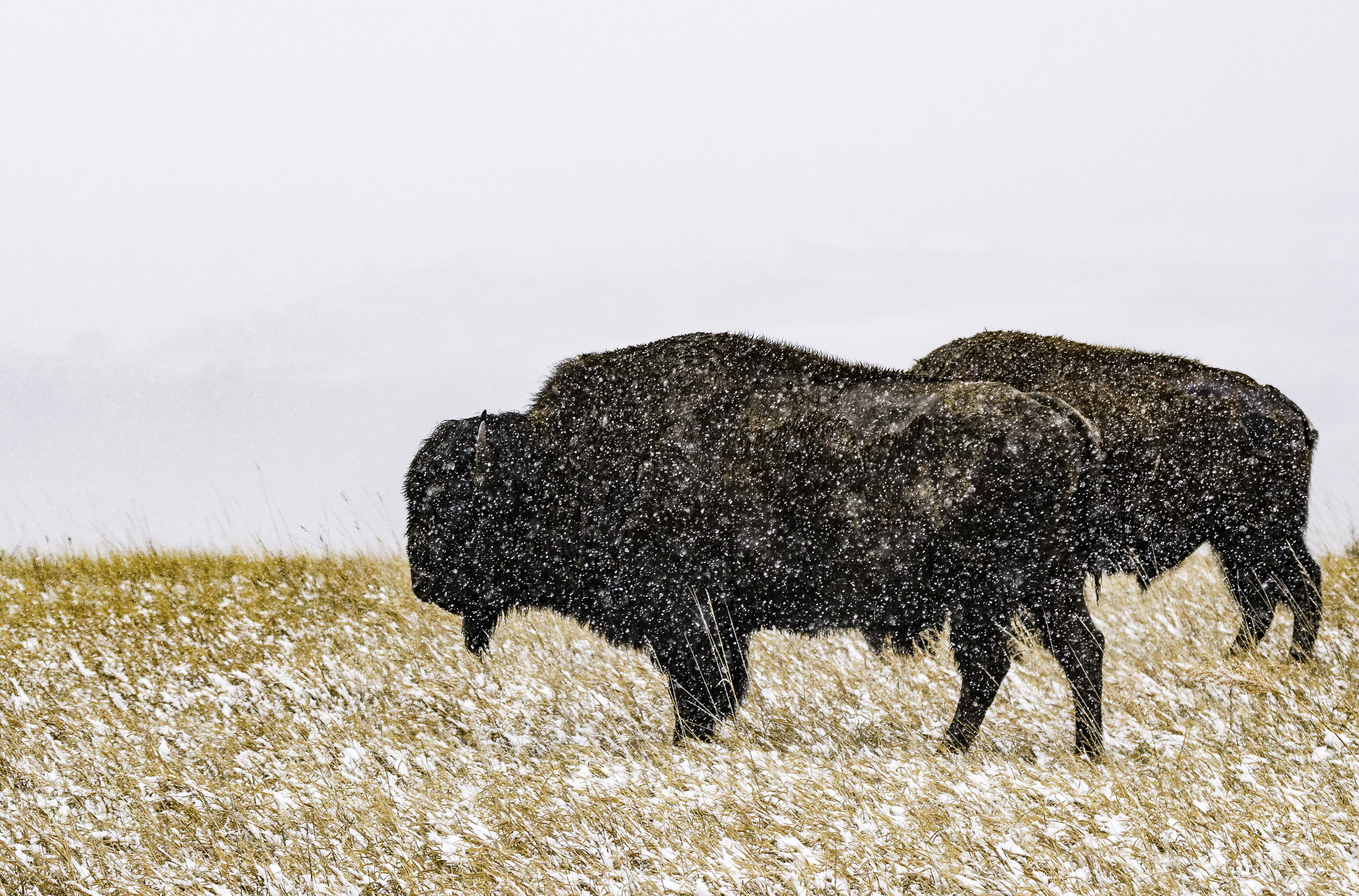The face of crazy horse, A7rii 120sec shutter, f13
A few years ago, Jeff Tapp told me about Crazy Horse Memorial, a sanctuary in the Black Hills that was at the top of his list of places to see. The facility is home to the construction of the largest sculpture in the world. The sculpture itself is a tribute to the great Lakota leader Crazy Horse who is one the most widely revered Native American Heroes.
On a whim, this last Sunday, we packed up a few of our things and hopped in the car with one thing on our mind: The Black Hills. We drove over a thousand miles and finally reached the entrance to Crazy Horse Memorial to find that the entirety of the region was under a blanket of thick, unrelenting fog. The luck was not with us.
We didn't have it in our plans to stay another day as we needed to head to Wyoming that night and return back to Illinois via North Dakota the next day. We left the facility without getting a glimpse of the sacred mountain. As we drove slowly through the extremely dense fog toward Wyoming, we decided that we'd come too far to not see the memorial, and agreed to return to the Black Hills again after spending some time at Devil's Tower.
It was one of the best decisions we'd ever made. Not only were we able to see the incredible memorial, but we were also invited to take a ride up the mountain to see the face of Crazy Horse and view the incredible progress that started 68 years ago. The view from the top was not something that cannot conveyed with any number of words or images. The detail of the 87 foot tall head of Crazy Horse is remarkable, and the whole experience of Crazy Horse Memorial is unlike anything else, I can't recommend it enough.
I'll make a separate post about devils tower, but here's a sneak peak.
The clouds finally clearing to reveal the stars










